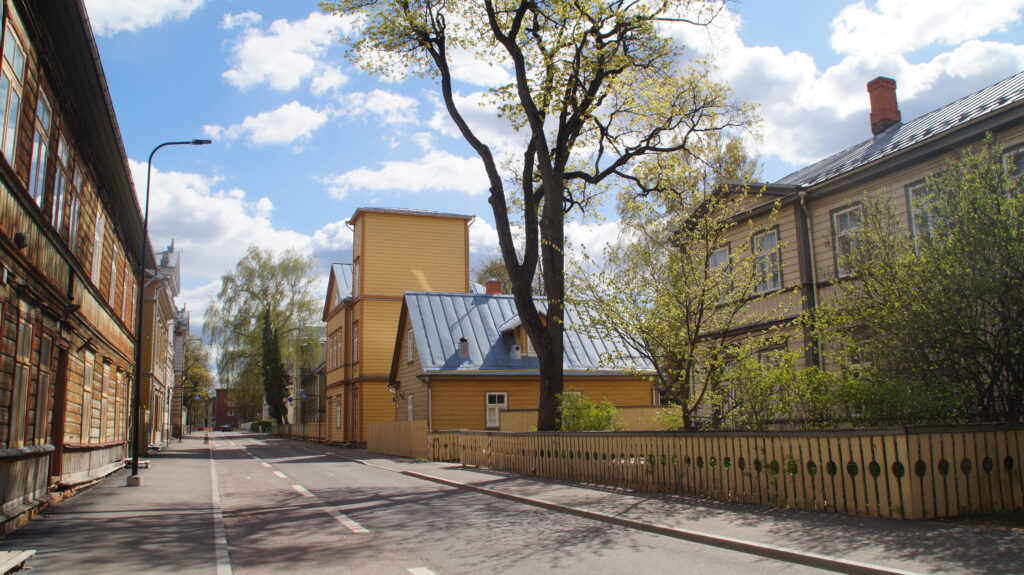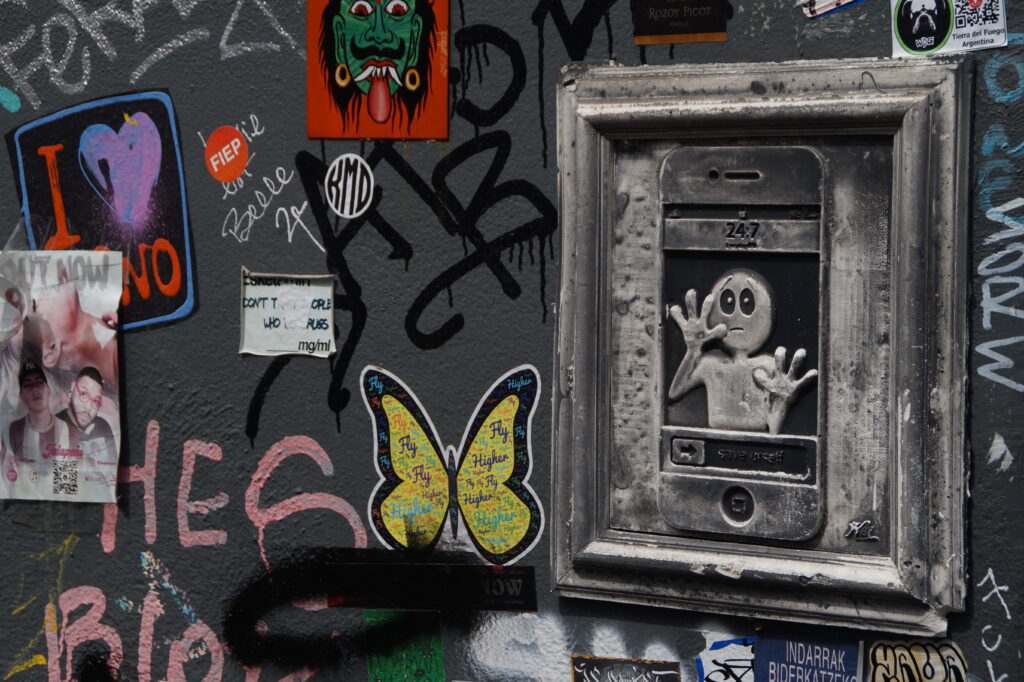A Page Dedicated to Signs
Overview of Semiotics
Semiotics helps us tap into the complexity of meaning-making within the continuous flow of reality, our connection with the world beyond a human-centered perspective, and in the ways how we express creativity and imagination.
When it comes to asking “what is semiotics?” there is a wide-range of what could be expressed as an answer. As an overview definition, semiotics is the science of signs and sign systems, which relates to a living organisms ability of interpretation to construct meaning. Semioticians observe, analyze, and model the interpretive process a subject has in relation to an object within the respective environment.

A sign, or representamen, is something which stands to somebody for something in respect or capacity.
Charles S. Peirce (1839-1914)
Semiotics through the lens of imagery


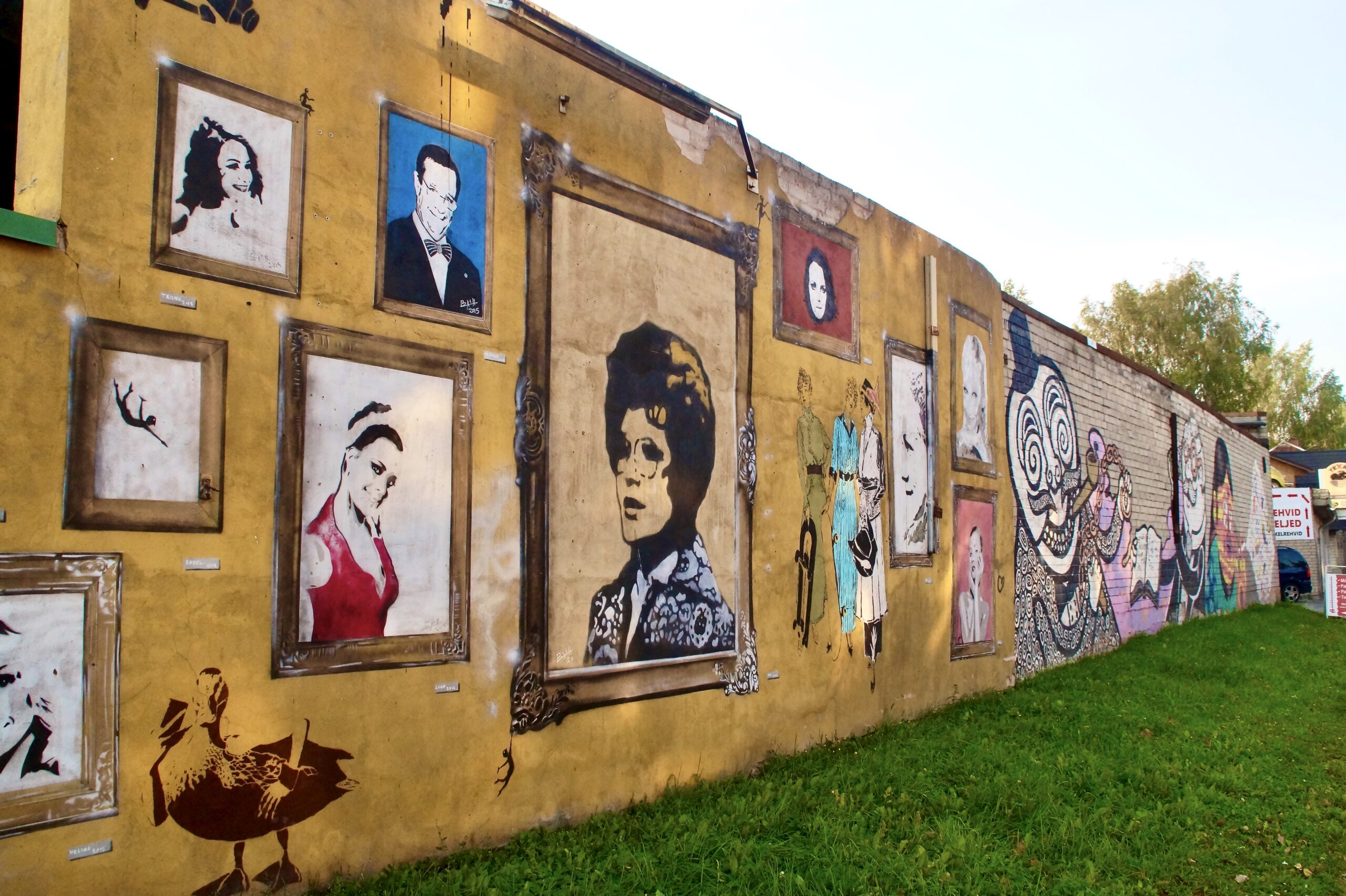



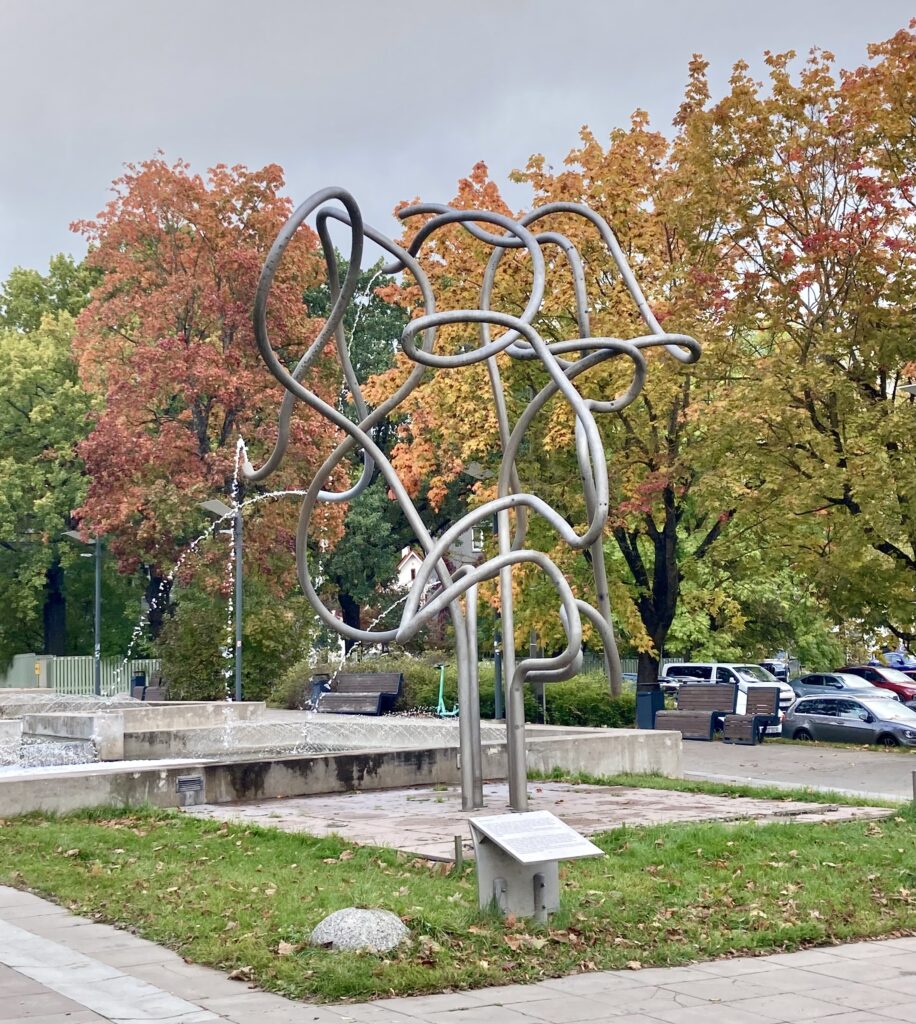

The phrase "a picture is worth a thousand words" is semiotics at heart.
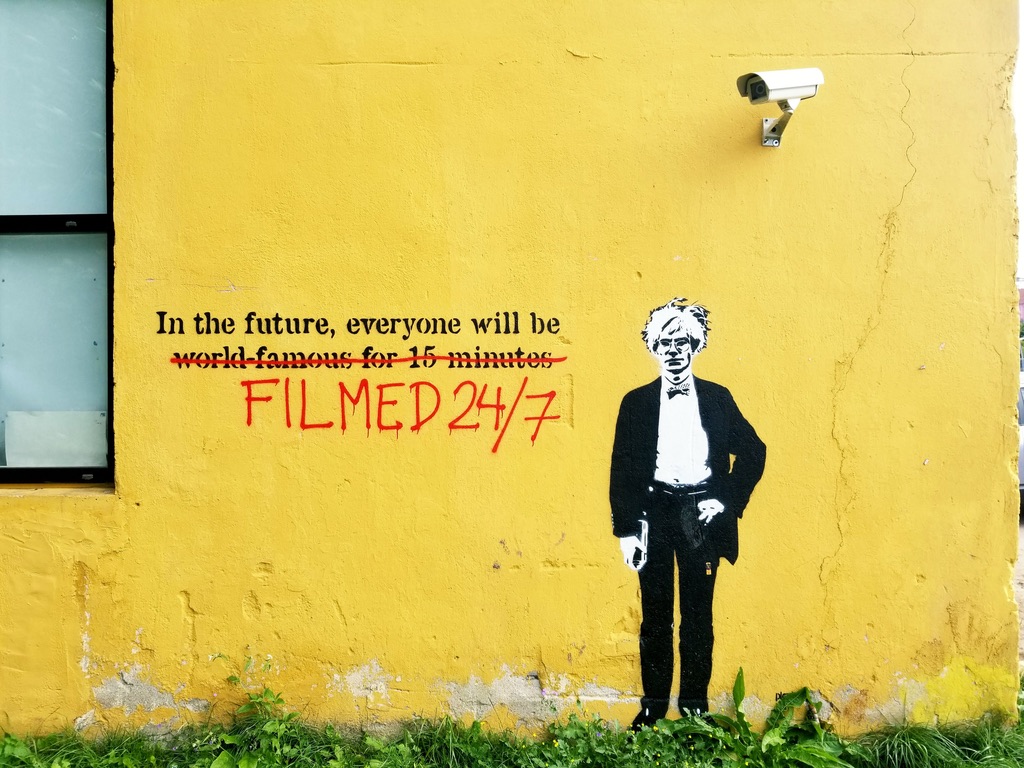

Cultural Significance
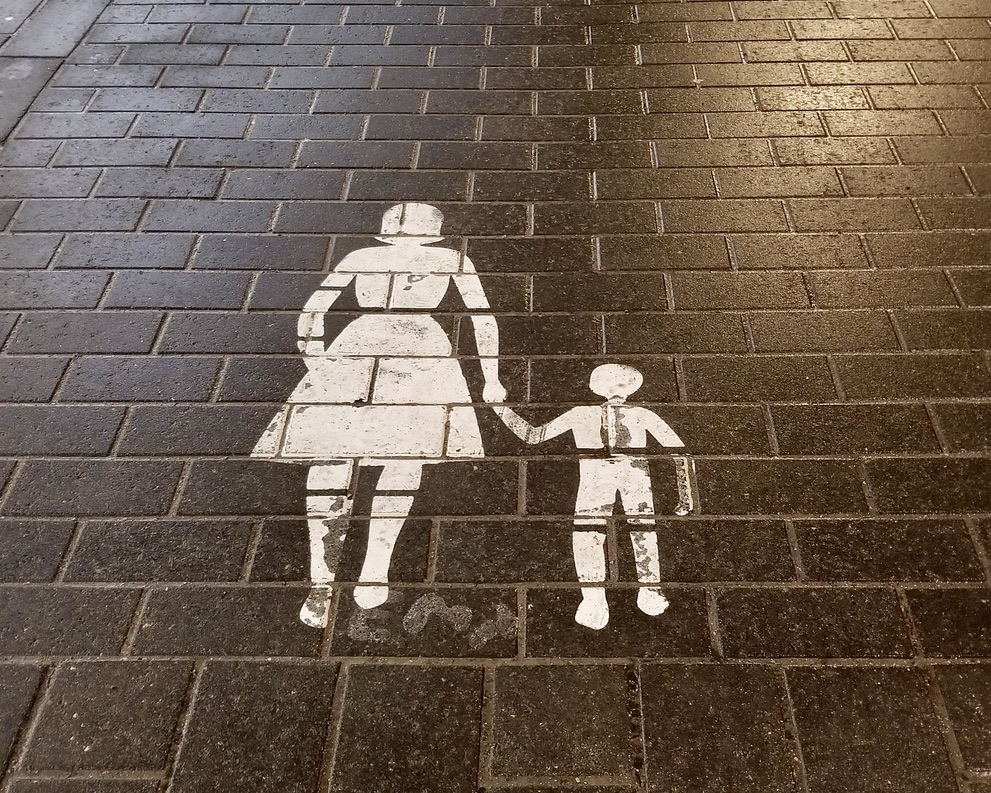
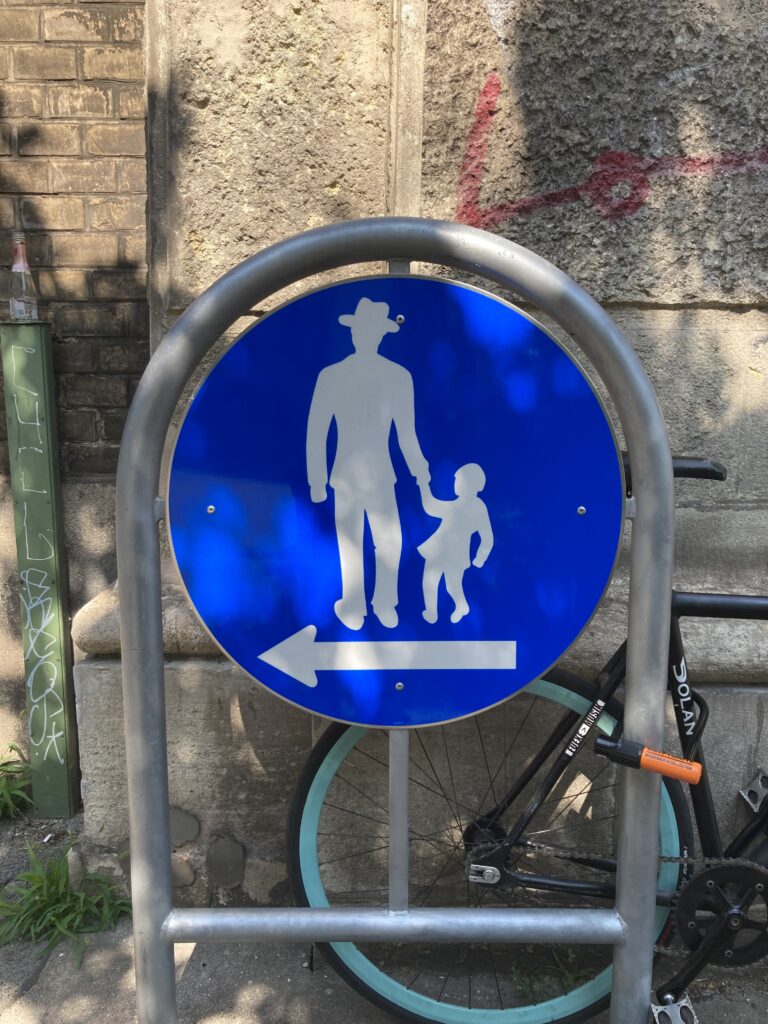
Juri Lotman's Contribution for Cultural Semiotics
The process of meaning-making is inherently engrained into a cultural system, and requires an understanding on cultural memory, cultural significance, and the theoretical components which construct Juri Lotman's (2001) semiosphere -- see Lotman's book titled The Universe of the Mind: A Semiotic Theory of Culture. The meanings that are established to signs within a culture are reliant on cultural memory and the reinforcement, or freedom, of conventionality.
Signs within a City
Street signs are some of the most common examples you will see to explain semiotics, but the reader should be aware that this is only one type of sign system within our semiotic reality-- we live in a world filled with signs that are waiting for us to perceive, interact, and understand.
Street signs, such as a pedestrian walking area sign, is a representation of a convention for a culture; the individual forms an interpretant that tells them to 'walk here' and not there. The iconicity of the pedestrian walking street sign is represented by the actual objects portrayed on the sign. In the US it is a child, mother and father, but in Estonia and other European countries it only portrays the child and mother. So, what is the difference in meaning conveyed of the iconicity for each representation of a 'pedestrian walking sign'?
Semiotic Consulting is Applied Theory

Semiotic consulting services help to gain a better understanding of how a target audience interprets and responds to different signs and symbols related to design, branding, and marketing strategies. This understanding can help the business owner create more effective and meaningful communication with their audience, which can lead to increased customer engagement and sales.
Ad hoc modeling refers to the process of creating a model or analysis specifically for a particular purpose, rather than using a pre-existing, more general model. In other words, ad hoc modeling involves building a model from scratch for a specific problem or task, rather than adapting a model that was designed for a different problem or task. Ad hoc modeling can be useful when a more general model is not available or when the specifics of the problem at hand require a customized approach.
Our Specialty is Co-development of User and Environment
Semiotic consulting is useful for any organization seeking to enhance the qualities within the context of their operation, industry, and cultural market. We specialize in the co-development process of user experience within various forms of environments. Our goal for every client and end-user is to cultivate a trajectory rich in meaning that benefits both the user and their respective environment.
Click on the types of environments below to learn more, and get in touch with us to discuss any questions you may have!
The Environments We Focus On
Learn More About What Semiotics Does
Read our overview on how semiotics is impactful for various types of environments.

Science Worth Sharing
Here some publications that were influential for constructing a viable methodology suitable for real-world scenarios.
Berque, Augustin 2019. An enquiry into the ontological and logical foundations of sustainability: Toward a conceptual integration of the interface ‘Nature/Humanity’. Global Sustainability 13(2): 1–10. https://doi.org/10.1017/sus.2019.9
Campbell, Cary; Olteanu, Alin; Kull, Kalevi 2019. Learning and knowing as semiosis: Extending the conceptual apparatus of semiotics. Sign Systems Studies 47(3/4): 352-381.
Kull, Kalevi 1998. Semiotic ecology: different natures in the semiosphere. Sign Systems Studies 26(1): 344-371.
Lotman, Juri 2001. Universe of the Mind: A Semiotic Theory of Culture. Indiana University Press.
Peirce, Charles Sanders 1931–1958. Collected Papers of Charles S. Peirce (vols. 1–6, Hartshorne, Charles; Weiss, Paul (eds.); vols. 7–8, Burks, Arthur W. (ed.). Cambridge: Harvard University.
Seif, Farouk 2019.”De-Sign” in the Transmodern World: Envisioning Reality Beyond Absoluteness. Peter Lang.
Semenenko, Aleksei 2016. Homo polyglottus: Semiosphere as a model of human cognition. Sign Systems Studies 44(4): 494-510.

